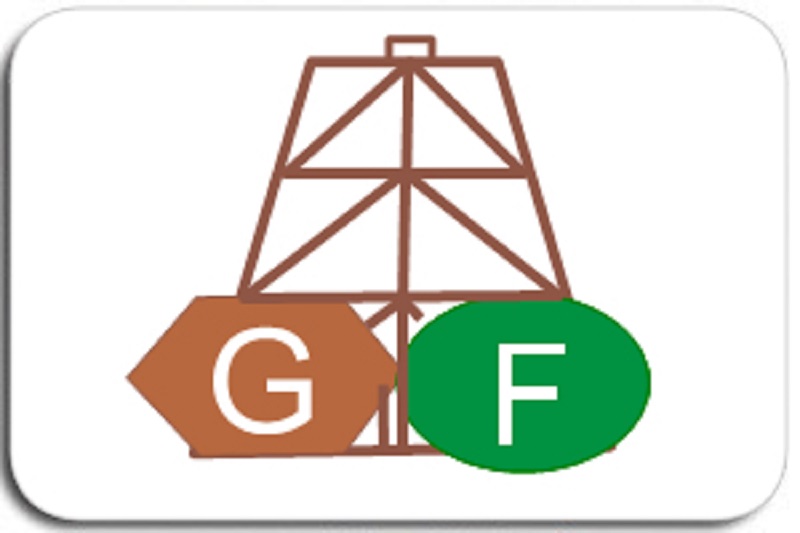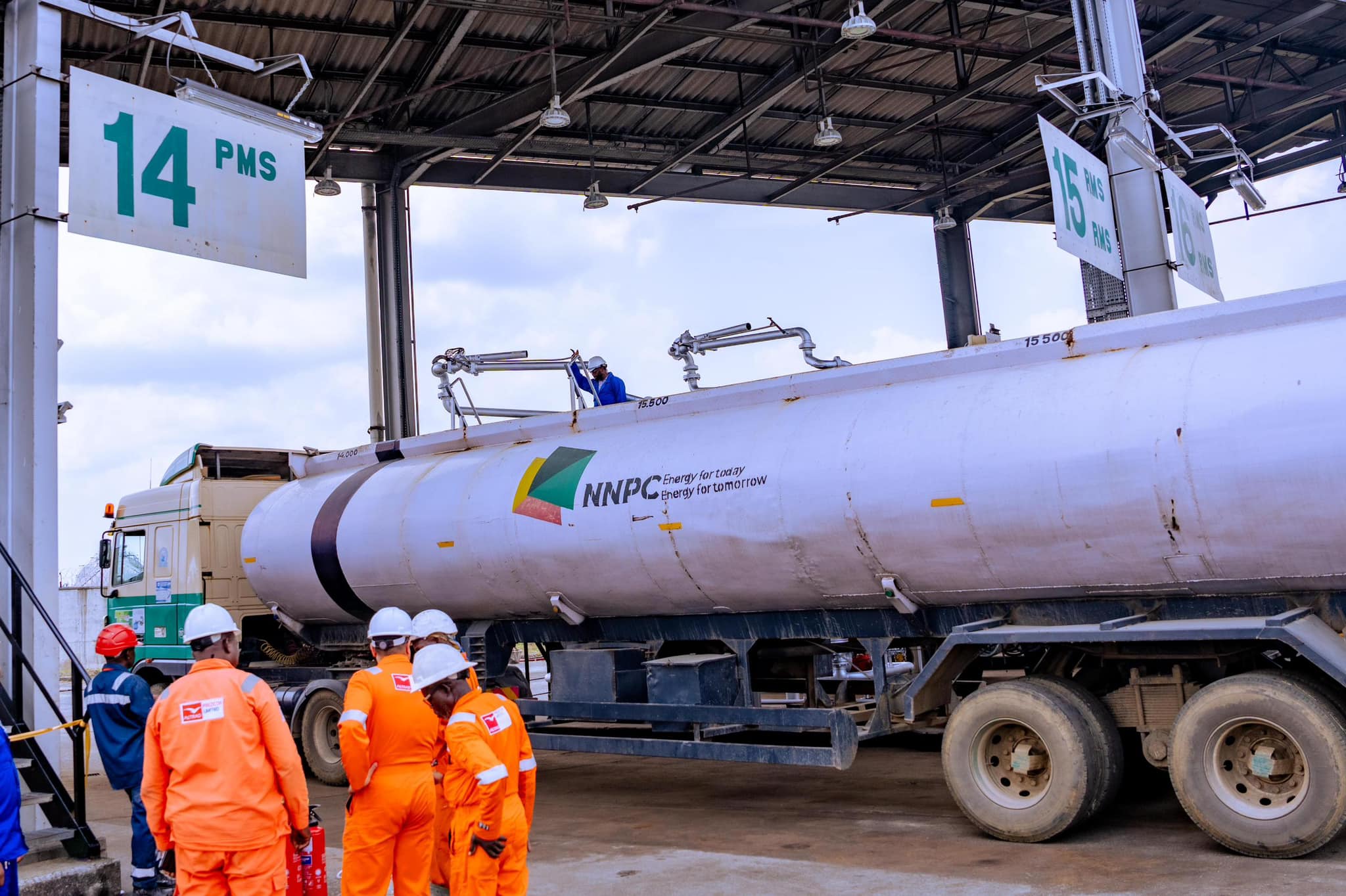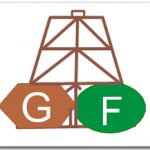Economy
Nigerian Newspapers Rake N143b In Advert Revenue In 10 Years

By Modupe Gbadeyanka
Advertising income for Newspapers in Nigeria hit N143.1 billion between 2006 and December 2015, revealing a wavy pattern that reached its peak in 2014 with N25 billion; and declined to 23.7 billion at the end of 2015.
According to a special edition of mediafacts in the last 10 years, by mediaReach OMD titled: mediafacts Nigeria 10 Year Trend Review (2006 to 2016), the N4.4 billion advert income in 2006 moved up to N4.8 and N4.9 billion in 2007 and 2008 respectively. The newspapers got N15.8 billion in 2009 and N16.5 billion in 2010.
The figure declined to N15.4 in 2011 and slipped further to N9.0 billion in 2012. The downward slope however changed in 2013 with an advert income of N18.5 billion and rose to its peak in 2014, hitting N25.8. The figure went down by N2.1billion in 2015 when the newspapers received N23.7 billion.
mediaReach OMD explained that the newspapers tend to mostly attract their highest advert patronage in the second and third quarters, with exception of 2013 and 2014 which had their highest spending in the fourth quarters of the year.
In terms of regional spending in the last ten years, the split is between Lagos and North, with Lagos constantly attracting the dominant share of advert spending year after year. The product analysis however shows that Glo has consistently dominated the list of press advertising, rising steadily in the last three years to tie with Guaranty Trust Bank ahead of others while MTN currently occupies the third position.
But in terms of advertising expenditure across board, the TV medium consistently enjoyed the lion share of advert budget over the years. It is followed by the Out of Home (OOH) medium except for 2014 and 2015, when the print medium followed the leading TV medium. The newspapers had however experienced the highest growth rate in terms of advert spends especially in the last three years.
For total advertising expenditure, the year 2013 enjoyed the highest spending with N103.8 billion, representing a marginal increase over year 2011 spending of N 102.8 billion. There was a decline in 2014 as compared to the high spending in 2013.
The general economic outlook during the period under review showed a Gross Domestic Product, GDP estimated at 6.1 per cent in 2014, owing to continued strong performance mainly in services, but also in industry. The oil sector was in decline, albeit at a slower rate than in the previous year. Also in 2014, oil and gas GDP was estimated to have declined by 1.3 per cent, relative to a decline of 13.1 per cent in 2013.
Managing Director and Chief Executive Officer, mediaReach OMD, Mr. Tolu Ogunkoya, said: “Nigeria’s media is one of the most dynamic in Africa. Each of the 36 states has at least a TV station and one radio. There are hundreds of radio stations and terrestrial TV stations, as well as cable and direct-to-home satellite offerings.”
Not a few analysts however agree that the newspaper industry in Nigeria is caught in the web of great depression and recession. It has fallen victim to a combination of intertwined factors. The first is the tough economic environment, which has reduced advertising revenue, as well as the purchasing power of the reading public, and driven up the cost of production to an almost unmanageable level.
With a foreign exchange regime that is unstable, and virtually every input required for production imported from abroad, or sourced locally at cut-throat prices, an average newspaper which used to cost almost nothing in the 70s, is now priced beyond the reach of many Nigerians.
The mediafacts Nigeria 10 Year Trend Review is a ten year longitudinal review and trend analyses of year on year mediafacts, with key insights into annual statistical performance and the dynamics of key players on critical indices of the media, advertising and marketing industry in Nigeria.
mediaReach OMD has since 2001 through its publication; mediafacts been given insights into the Media and Marketing industry of Nigeria, Ghana, West and Central Africa regions. It also provides marketing media professionals with evidence based information that has become a veritable tool for practitioners and companies to compete for market space in these markets.
Related articles across the web
Economy
Geo-Fluids Seeks Approval to Raise Share Capital to N25bn

By Aduragbemi Omiyale
One of the players in the hydrocarbon business in Nigeria, Geo-Fluids Plc, which trades its securities on the NASD OTC Securities Exchange, is planning to restructure its share capital with an increased of about 1,090 per cent.
Next Monday, the company will hold its Annual General Meeting (AGM) and one of the resolutions to be tabled to shareholders by the board is an authorisation for raising the share capital from N2.1 billion to N25.0 billion.
This is to be achieved by creating an additional 45,742,332,488 ordinary shares of 50 kobo each, each ranking pari passu in all respects with the existing ordinary shares of the firm.
Funds from this action would be used to expand the business scope to include hydrocarbons, mining, and natural resource development.
“That the share capital of the company be and is hereby increased from N2,128,833,756 to N25,000,000,000 ordinary shares of 50 kobo each, each ranking pari passu in all respects with the existing ordinary shares of the company,” a part of the resolutions read.
In addition, Geo-Fluids wants approval, “To undertake the business of bitumen production and processing in all its forms, including but not limited to the exploration, prospecting, drilling, extraction, refining, treatment, blending, storage, packaging, distribution, marketing, importation, exportation, shipping, transportation, trading, and general supply of bitumen, its derivatives, by-products, and ancillary materials; and to carry on all other related or incidental undertakings, services, or operations that may be considered advantageous, beneficial, or necessary for the advancement, expansion, or diversification of the bitumen industry.”
Also, it wants the authority of shareholders, “To engage in the acquisition, development, and management of mining assets and concessions for the purpose of exploring, extracting, processing, and producing hydrocarbons, oil and gas, minerals, and other natural resources; and to develop, mine, and process coal, industrial minerals, and other raw materials required for industrial, commercial, energy, or infrastructural purposes, together with all related activities necessary to ensure the effective exploitation, utilisation, and commercialisation of such resources.”
Further, it wants, “To operate and participate in all segments of the oil and gas value chain, including but not limited to the exploration, prospecting, drilling, extraction, refining, processing, storage, blending, supply, marketing, distribution, importation, exportation, transportation, shipping, and trading of crude oil, refined petroleum products, petrochemicals, liquefied natural gas, compressed natural gas, and other related hydrocarbons and derivatives; and to establish, own, operate, or participate in facilities, ventures, or partnerships that advance the energy and petroleum sector.”
At the forthcoming meeting, the organisation wants its name changed from Geo-Fluids Plc to The Geo-Fluids Group Plc.
Economy
PENGASSAN Kicks Against Full Privatisation of Refineries

By Adedapo Adesanya
The Petroleum and Natural Gas Senior Staff Association of Nigeria (PENGASSAN) has warned against the full privatisation of the country’s government-owned refineries.
Recall that the Nigerian National Petroleum Company (NNPC) is putting in place mechanisms to sell the moribund refineries in Port Harcourt, Warri, and Kaduna.
However, this has met fresh resistance, with the President of PENGASSAN, Mr Festus Osifo, saying selling a 100 per cent stake would mean the government losing total control of the refineries, a situation he warned would be detrimental to Nigeria’s energy security.
Mr Osifo said the union was advocating the sale of about 51 per cent of the government’s stake while retaining 49 per cent, which he described as being more beneficial to Nigerians.
“PENGASSAN, even before the time of Comrade Peter Esele, had been advocating that government should sell its shares. The reason why we don’t want government to sell it 100 per cent to private investors is because of the issue bordering on energy security,” he said on Channels Television, late on Sunday.
“So, what we have advocated is what I have said earlier. If government sells 51 per cent stake in the refinery, what is going to happen? They will lose control, so that is actually selling. But for the benefit of Nigerians, retain 49 per cent of it.“
The PENGASSAN leader maintained that if the government had heeded the union’s advice in the past, the oil industry would be in a better state than it is today.
He addressed concerns in some quarters over whether investors would be willing to buy stakes in government-owned refineries, insisting that there are investors who would be interested.
“Yes, there are investors who surely will be willing to buy a stake in the refinery because our population in Nigeria is quite huge, and those refineries, when well maintained without political pressures and political interference, will work,” he said.
However, Mr Osifo warned that even if the government decides to sell a 51 per cent stake, it must ensure that a complete valuation is carried out to avoid selling the refineries cheaply.
Economy
SEC Gives Capital Market Operators Deadline to Renew Registration

By Aduragbemi Omiyale
Capital market operators have been given a deadline by the Securities and Exchange Commission (SEC) for the renewal of their registration.
A statement from the regulator said CMOs have till Saturday, January 31, 2026, to renew their registration, and to make the process seamless, an electronic receipt and processing of applications would commence in the first quarter of 2026.
“These initiatives reflect our commitment to leveraging technology for faster, more transparent, and efficient regulatory processes.
“The commission is taking deliberate steps to make regulatory processes faster, more transparent, and technology-driven. We are investing in automation, database-supervision, and secure infrastructure to improve how we interact with the market,” the Director General of SEC, Mr Emomotimi Agama, was quoted as saying in the statement during an interview in Abuja over the weekend.
He noted that through the digital transformation portal, the organisation has automated registration and licensing end-to-end as operators can now submit applications, upload documents, and track approvals online, cutting down manual processing time and reducing the need for physical visits.
According to him, the agency has also rolled out the Commercial Paper issuance module, which allows operators to file documents, monitor progress, and receive approvals electronically while feedback from early users shows a clear improvement in turnaround time.
“Work is ongoing to automate quarterly and annual returns submissions, with structured templates and system checks to ensure accuracy. A returns analytics dashboard is also in development to support risk based supervision and exception reporting.
“To back these changes, we have started upgrading our IT infrastructure, servers, storage, networks, and security layers, to boost speed and reliability.
“Selective cloud migration is underway for platforms that need scalability and external access, while core internal systems remain on premisev5p for now as we assess security and cost implications.
“At the same time, we are strengthening data integrity and cybersecurity with vulnerability assessments and planned penetration testing once automation and migration phases are stable.
“These efforts show our commitment to building a modern, resilient regulatory environment that supports efficiency, investor confidence, and market stability,” he stated.
Mr Agama affirmed that the nation’s capital market was clearly on a path toward digital transformation adding that there is an urgent need for regulatory clarity on advanced technologies, targeted support for smaller firms, and capacity-building initiatives.
“A phased and proportionate approach to regulating emerging technologies such as AI is essential, complemented by internal readiness through supervisory technology tools.
“Furthermore, investor education, particularly among younger demographics, will be critical to future-proof participation and drive fintech adoption.
“Innovation is vital, but it must be accompanied by responsibility. As operators embrace automation, artificial intelligence, and data-driven tools, they bear a duty to ensure ethical, secure, and compliant deployment. Safeguarding investor data, preventing market abuse, and maintaining operational resilience are non-negotiable,” he declared.
The SEC DG said that ultimately, responsible technology adoption is about building trust, the cornerstone of our markets saying that trust thrives on fairness, transparency, accountability, and regulatory compliance.
He, therefore, urged operators to uphold these principles adding that it will not only protect investors and systemic stability but also strengthen the long-term credibility and competitiveness of the Nigerian capital market.
-

 Feature/OPED6 years ago
Feature/OPED6 years agoDavos was Different this year
-
Travel/Tourism9 years ago
Lagos Seals Western Lodge Hotel In Ikorodu
-

 Showbiz3 years ago
Showbiz3 years agoEstranged Lover Releases Videos of Empress Njamah Bathing
-

 Banking7 years ago
Banking7 years agoSort Codes of GTBank Branches in Nigeria
-

 Economy3 years ago
Economy3 years agoSubsidy Removal: CNG at N130 Per Litre Cheaper Than Petrol—IPMAN
-

 Banking3 years ago
Banking3 years agoFirst Bank Announces Planned Downtime
-

 Banking3 years ago
Banking3 years agoSort Codes of UBA Branches in Nigeria
-

 Sports3 years ago
Sports3 years agoHighest Paid Nigerian Footballer – How Much Do Nigerian Footballers Earn


















